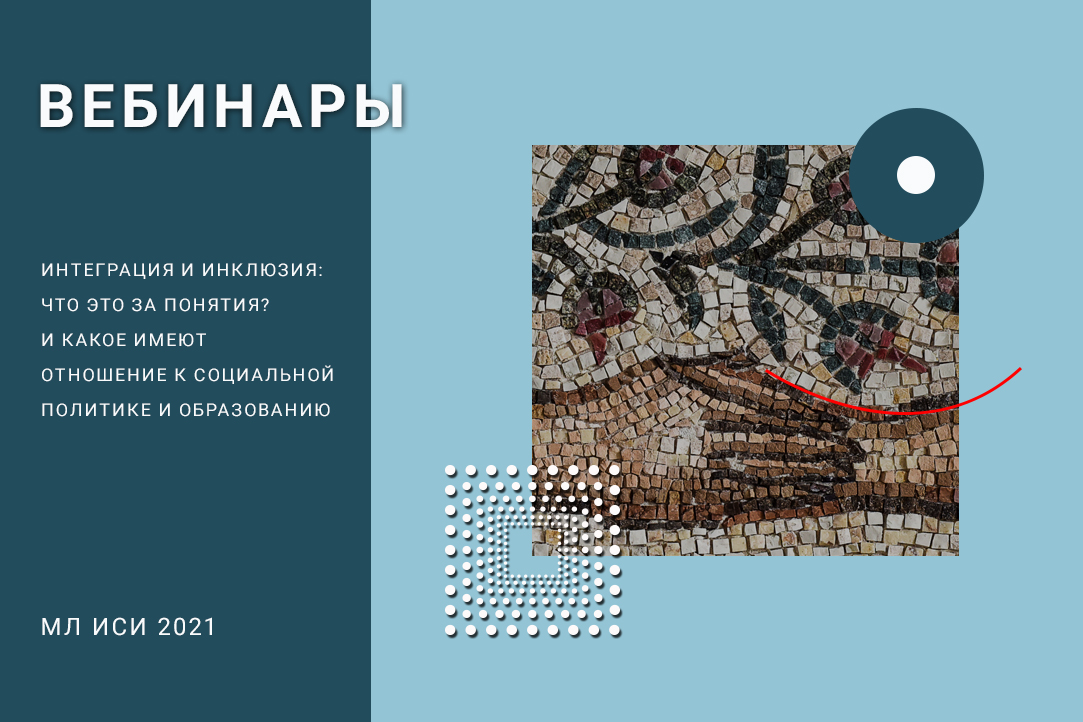The Origins and Transformation of the Concepts of 'Integration' and 'Inclusion' in Social Theory, Social Policy, and the Agenda of Social Movements
On the 30s of March 2021 head of the laboratory, Elena Iarskaia-Smirnova presented at the HSE open seminar on education a lecture on the origins and transformation of the concepts of 'integration' and 'inclusion' in social theory, social policy, and the agenda of social movements.

Integration is a function of the social system, thanks to which society or individual groups of society maintain their integrity, and in conditions of differentiation and complication of societies, the role of inclusion increases. Inclusion by Parsons is concerned with the processes, actions leading to integration. Parsons called 'inclusive' the civil rights movements in the 1960s. The same period includes the trends towards 'normalization' and 'deinstitutionalization', which began in Scandinavia and then developed in North America and Europe. Inclusion became the focus of social policy in European countries in the 1970s, influenced by sociological research on inequality and exclusion, and was interpreted as strategies and practical measures for a wide variety of excluded groups. A key role in the concept of inclusive education was played by the Salamanca Declaration, adopted in 1994, which gave rise to the strategy of "Education for All". Inclusion should not be limited to the issue of disability; it is about more complex processes and problems. Moreover, as Luhmann showed, inclusion and exclusion cannot be reduced to dichotomous understanding. Certain acts, forms, and areas of inclusion can lead to exclusion. This is what is happening now in social practice and science, where the idea of inclusion associated with, and sometimes even synonymous with disability issues, has become almost a dogma. The lecture shows the contradictions and resources of the conceptual apparatus of integration and inclusion.


